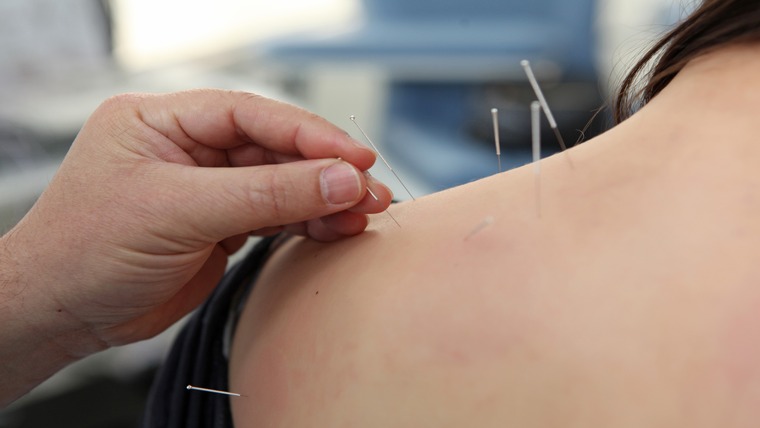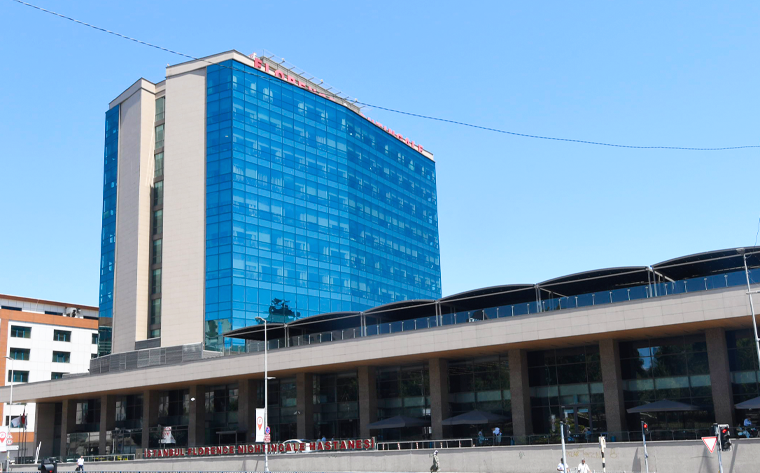
Acupuncture is a branch of science that prevents and treats functional diseases by stimulating certain points in the body with various methods (needle, moxa, electrical stimulation, laser, cupping, etc.) by affecting the body's own homeostatic mechanisms such as the Autonomic Nervous System, Neuroendocrine System and Immune System, as well as regional blood flow. Acupuncture, an important part of Traditional Chinese Medicine (TCM), has a history of thousands of years. There are 2500 years of written documents. It is a treatment method recognized by the World Health Organization (WHO).
Europeans became acquainted with acupuncture and started using it through European merchants and European missionaries as a result of the development of trade with China in the 1600s. They did a lot of research on this subject. In 1957, French Dr. Paul Nogier first discovered ear acupuncture.
Acupuncture was first introduced to the USA in 1972 after President Nixon visited China. After returning to the USA, one of the journalists accompanying Nixon wrote in his newspaper column that he had an acute appendectomy in China, had acupuncture afterwards and felt no pain. Some American doctors became interested in this subject. Many of them went to China and received training in TCM and started to practice it in the USA.
American scientists have contributed greatly to the rapid spread of acupuncture after this date. They have conducted many scientific studies on this subject and have revealed the mechanisms of action of acupuncture at the receptor and neurotransmitter level. In 1996, the FDA (Food and Drug Administration) approved the effectiveness and use of acupuncture.
Acupuncture is widely used all over the world today, especially in pain patients. There is a branch of acupuncture in many universities in many countries of the world, especially in America and Europe, and it has entered the curriculum of Basic Medical Education. In addition, specialization has begun in many subjects. (pediatric, gynecological, urological, ENT, Cosmetology, veterinary, etc.)
Since 2010, the acupuncture polyclinic in Florence Nightingale / Çağlayan has been providing intensive services to patients.
Mechanisms of action of acupuncture
Acupuncture is a method that uses the body's own regulatory and protective mechanisms;
- Central Nervous System
- Endocrine System
- Cardio-Vascular System
-
Immunological System
It acts by activating. There are many theories about these mechanisms.
Applying to Acupuncture Polyclinic
Our acupuncture polyclinic is in a multidisciplinary study with other branches of science. Patients who apply to our polyclinic for the first time are first sent to the relevant departments with their complaints. They are examined and tested by the doctors there. It is checked whether they have any organic diseases (tumor, aneurysm, deformity, fracture etc.). If there is no problem, they are included in the acupuncture program. Because acupuncture has no place in organic diseases. It is only effective in the treatment of functional diseases.
Acupuncture Application
In acupuncture treatment, very fine needles are inserted into certain points of the body. These sterile and single-use needles remain in the body for approximately 20-30 minutes.
Pain patients usually require 4-6 sessions of treatment. Treatment sessions are held 2-3 days apart. During each treatment session, the patient spends an average of 1 hour in the acupuncture clinic.
- When coming for acupuncture treatment, the patient should eat something light, not be completely hungry, and should not be drunk or tired.
- The patient should wear comfortable clothes when coming for treatment.
- Patients should inform their doctor about their health conditions and the medications they use.
- Patients should inform their doctor if they are pregnant.
- After acupuncture treatment, it is unsafe for the patient to do heavy and tiring work.
- Acupuncture treatment should always be accompanied by a companion.
Side Effects of Acupuncture
Normally, acupuncture does not have any serious side effects. However, since it increases the level of endorphins in the body after treatment, light drowsiness, relaxation and dizziness may occur. Some patients may experience needle pain and bruising in the needling areas.
What Diseases Does Acupuncture Treat?
Acupuncture is used in the treatment of a wide variety of diseases. According to a report published by the World Health Organization, some of the diseases for which acupuncture has been proven to be effective are:
- Chronic pain (low back pain, neck pain, knee pain, hip pain, menstrual pain)
- Fibromyalgia
- Acute traumas, ankle sprains, soft tissue damage, etc.
- Treatment of sports injuries (Muscle – tendon ligament traumas)
- Post-operative pain
- Tennis elbow
- Migraine and tension-type headaches
- Facial paralysis
- Nausea and vomiting (especially in pregnant women)
- Urticaria, eczema
- Allergic rhinitis
- Dry cough
- Acute hoarseness
- Asthma, COPD
- Chronic sinusitis, bronchitis
- Depression and anxiety
- Sleep disorders
- Digestive system disorders (nausea, vomiting, reflux, constipation, gastritis, etc.)
- Obesity (Obesity has multifactorial causes. Therefore, losing weight with a single method is not very healthy and permanent. Acupuncture helps people lose weight by reducing the feeling of hunger, increasing the feeling of satiety and the body's basal metabolic rate. However, for permanent weight loss, it is necessary to combine healthy nutrition, exercise and, if necessary, drug therapy). Acupuncture also reduces the psychological pressure in this process and calms the person.
- Painful menstruation, irregular bleeding, polycystic ovary, infertility, nausea and vomiting during pregnancy, increasing milk in puerperal women.
- Smoking is not a physiological addiction, but a psychological addiction. The effectiveness of acupuncture in helping people quit smoking should be discussed. It is very important for the person to want to quit smoking. Acupuncture creates a feeling of disgust towards the smell of cigarettes and helps people who want to quit smoking in this way.
- Strengthening the immune system
- Early diagnosis
- Check-Up
- Chronic fatigue, strengthening the body, anti-aging effect
- Stress, sleep disturbance, panic attacks and depression
How Many Types of Acupuncture Are There?
There are various application methods of acupuncture. The most commonly used ones are;
-
Classical Body Acupuncture: This is the most widely used method. It is performed by stimulating the relevant acupuncture points on the body with techniques such as fine needles, laser, electrical stimulation, moxa, and cupping.
-
Ear Acupuncture: It is a special type of acupuncture applied to points found in the ear with the help of a detector.
-
Scalp Acupuncture: A special type of acupuncture applied to specific points on the head.
-
Hand Acupuncture: It is a special type of acupuncture applied to certain points on the hand.
Acupuncture application techniques
-
Electro-acupuncture: Low voltage electrical current is applied to the needles.
-
Needling: Very thin gold, silver and steel needles are applied to acupuncture points.
-
Moxibustion: Heat is applied by burning moxa (artemisia vulgaris plant) on acupuncture points.
-
Laser Acupuncture: A low-power laser is used instead of needles. It is especially preferred in the treatment of children and patients with needle phobia.
-
Cupping: Cupping is done on acupuncture points.
-
Bleeding: A few drops of blood are removed from acupuncture points with a thin insulin needle.

